The US retail industry narrowly avoided a worst-case outcome this week after President Donald Trump announced a tentative trade agreement that would impose a 20% tariff on Vietnamese imports — significantly lower than the 46% duty previously proposed, CNBC reports.
But despite the reprieve, business leaders warn that the new rate could still lead to higher consumer prices and dampen spending.
Vietnam has become a key hub for American retailers seeking alternatives to Chinese manufacturing since tariffs were raised during Trump’s first term. Today, it stands as the second-largest supplier of apparel, footwear, and accessories to the US, behind only China, according to the American Apparel & Footwear Association.
Retail executives expressed mixed reactions to the updated tariff plan. While many welcomed the lower rate compared to the earlier 46% proposal, they stressed that a 20% duty still poses challenges for business operations and consumer pricing.
“It’s a lot better news than where we were on Liberation Day,” one CEO of a consumer brand told CNBC, referring to the initial high tariff threat.
Another executive added, “It’s bad, but it’s better than 46%,” suggesting that while the outcome is preferable, it’s not without consequences.
The announcement came just days before a 90-day suspension of the April tariff proposal was set to expire. However, the exact implementation timeline for the Vietnam deal remains unclear, and it’s unknown whether the agreement is final.
Over the past decade, major retailers such as Nike, Gap, and American Eagle have diversified their supply chains by shifting production to Vietnam and other Southeast Asian countries, including Cambodia, Bangladesh, and Malaysia. Those nations had also faced potential tariffs under Trump’s April proposal — ranging from 24% to 49% — though for now they remain subject to a 10% levy.
If the 46% Vietnam tariff had been enacted, much of the industry’s effort to reduce reliance on China would have been undermined. The new 20% proposal is seen by some as a positive signal that similar agreements could follow for other Asian trading partners.
Still, the new duty represents a doubling of current rates and is expected to lead to price increases. While some companies may absorb the additional costs or renegotiate with suppliers, others are expected to pass on the expenses to consumers.
A pricing model developed by consultancy AlixPartners for CNBC estimated that under a 20% tariff, the cost of a $95 pair of shoes made in Vietnam could increase by more than $14 if retailers do not share the burden with suppliers or customers. While this may seem manageable in isolation, retail leaders caution that widespread increases could hurt consumer demand.
“Twenty percent is a sigh of relief,” said Sonia Lapinsky, managing director at AlixPartners. “This isn’t business-destroying, which is great. However, this does have real implications.”
Paul Cosaro, CEO of Picnic Time — a supplier for retailers including Target, Kohl’s, and Macy’s — said while the new rate sounds better than 46%, it still places added strain on consumers.
“If the clocks were wound back and we were told there’d be a 20% tariff, no one would’ve been happy,” Cosaro said. “It’s just more money coming out of consumers’ pockets.”
Retailers that already raised prices due to China tariffs earlier in the year — in some cases by as much as 14% — may now have to reassess their pricing strategies again, this time for goods sourced from Vietnam.
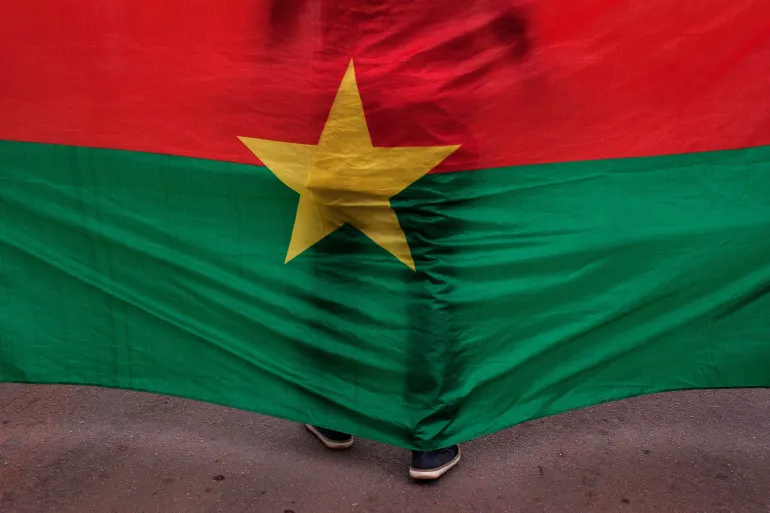

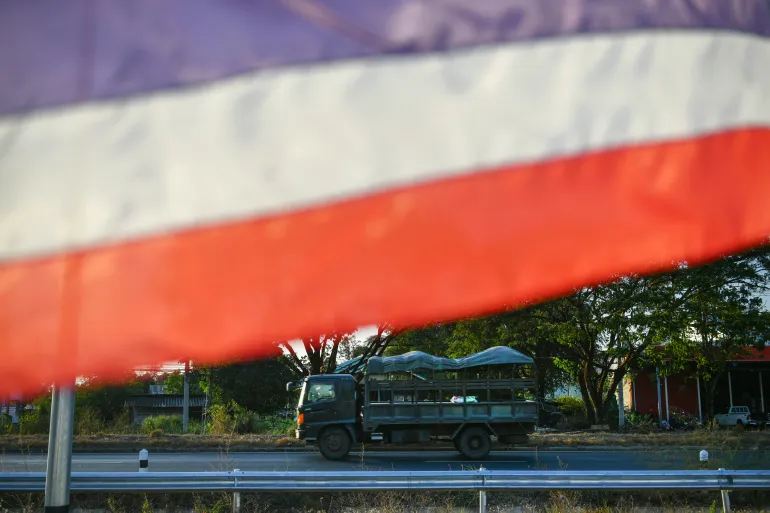
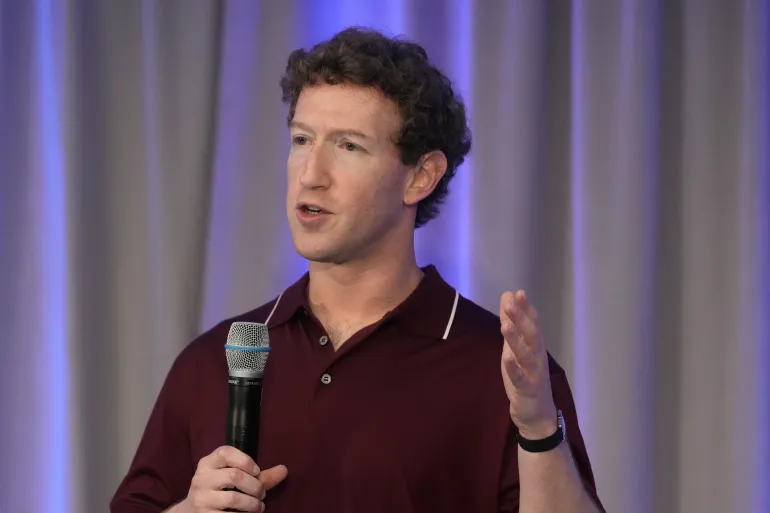
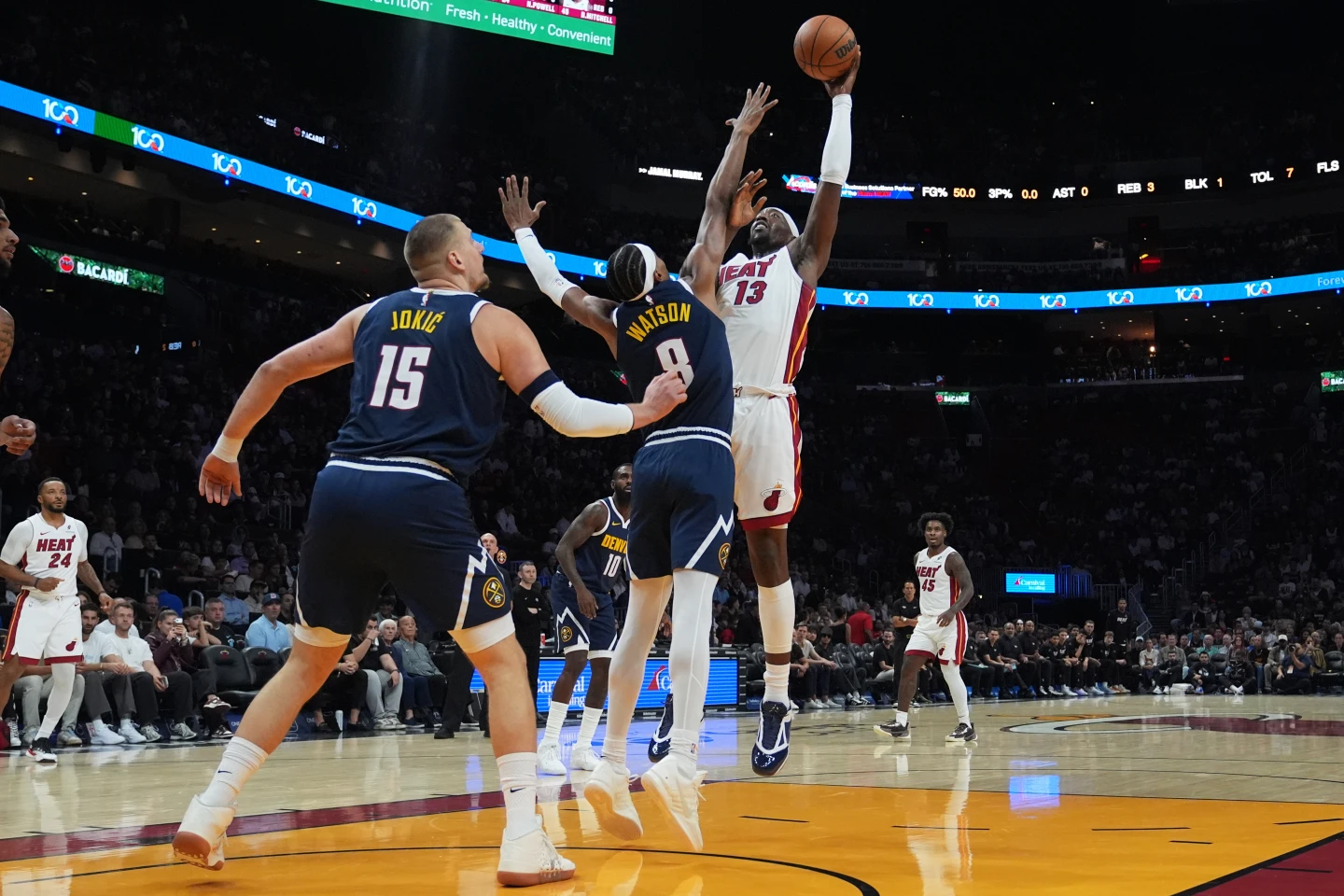



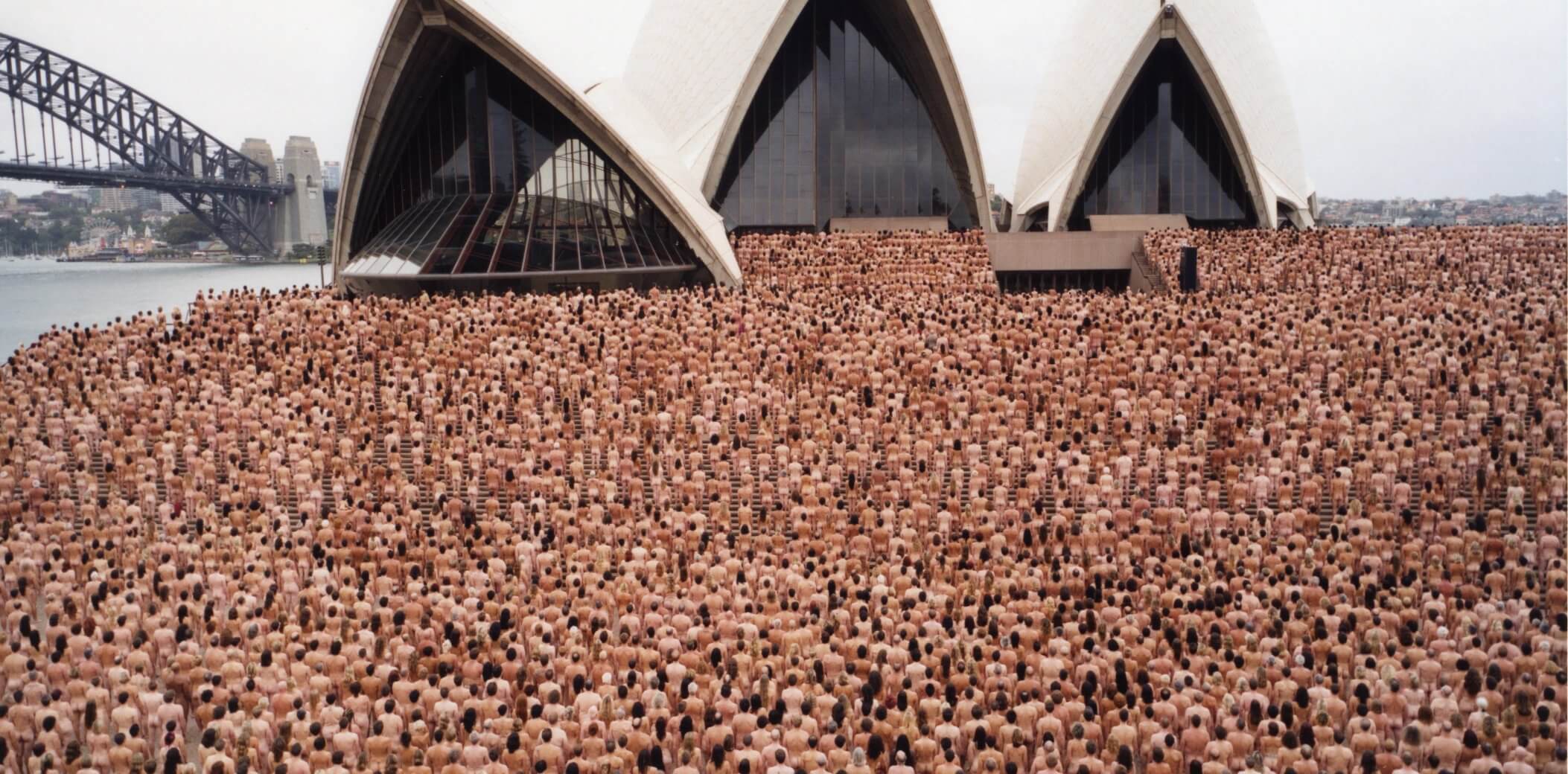
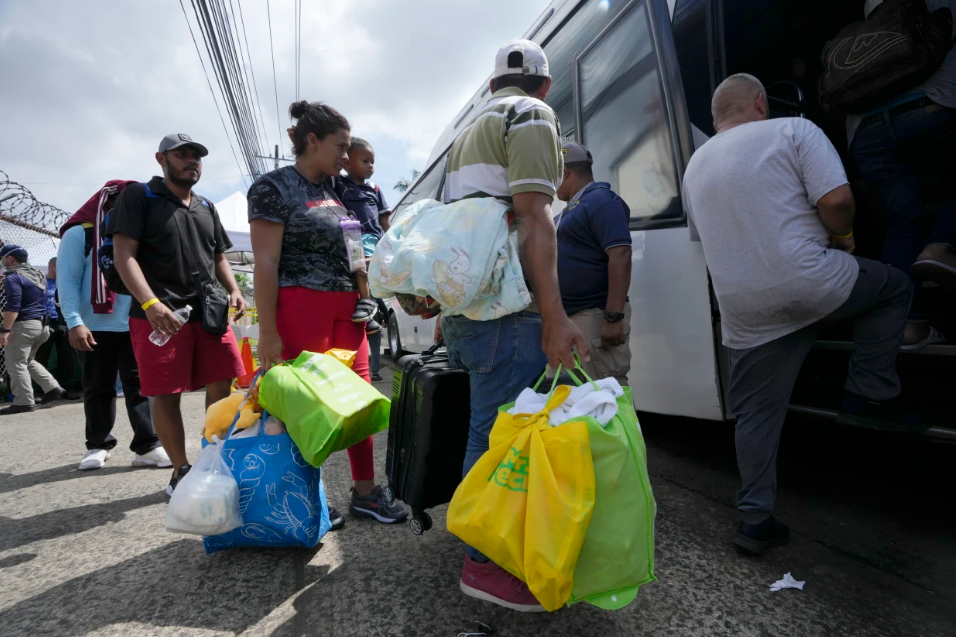
The latest news in your social feeds
Subscribe to our social media platforms to stay tuned